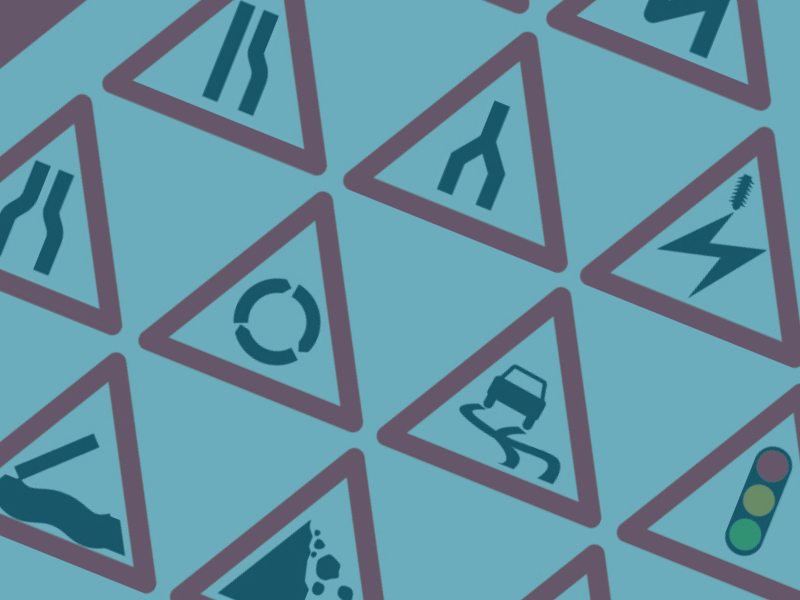Answer = Surface dressing
Sometimes roads are improved by surface dressing instead of tarmac, which involves treating roads with bitumen and loose chippings.
This sign warns drivers and riders that they need to slow down, because loose chippings can damage paint-work and are hazardous due to loss of traction.







